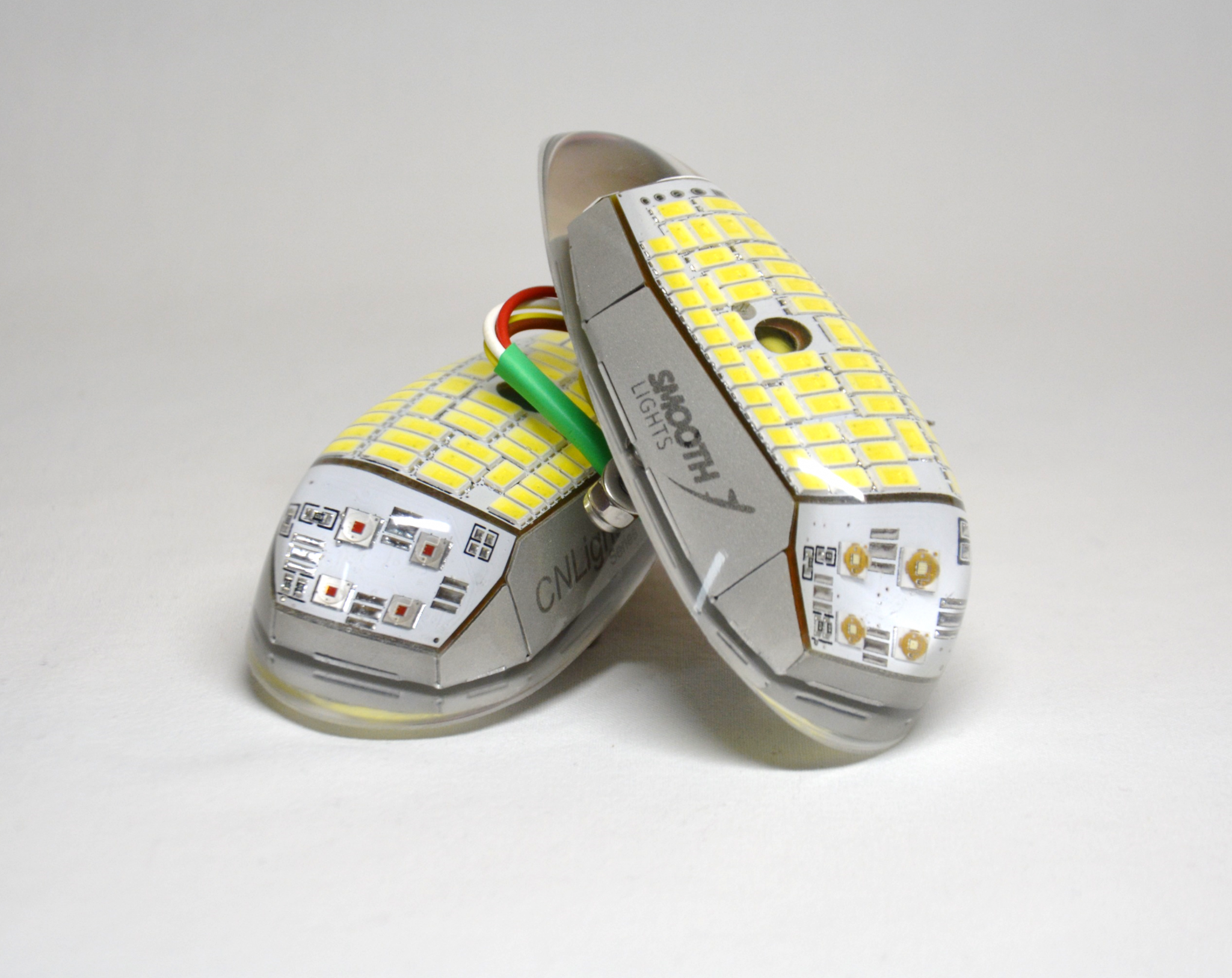
Visual Positioning System (VPS) – Navigation Powered by AI However, this infrastructure does need to be present in order for it to succeed.
Conversely, RTLS works by placing beacons on moving objects and having them transmit signals to localizing edge devices.īLE beacons offer much more precision for AR-based navigation solutions, especially AR indoor navigation technology. Indoor positioning system beacons help devices locate their positions within buildings by measuring signals from these beacons. However, some promising applications are indoor positioning systems and real time locating systems (RTLS). When this information is received by a smartphone or other device, it can take some action based on the information from the beacon.īLE beacons present a variety of applications such as identifying points of interest to users and tracking moving objects like vehicles and cargo. It may also contain sensor data that the beacon is programmed to measure. The packets of data that these beacons transmit may contain information other than its ID. These beacons do not necessarily know what devices receive this information and cannot communicate with those devices. These IoT devices, often used in smart city solutions, broadcast unique radio signals to BLE-enabled devices like smartphones. BLE Beacons: the IoT Approach To Navigationīluetooth low energy (BLE) beacons function similarly to lighthouses. If we need to determine someone’s position inside a building or in an exact position in a dense downtown area, GPS can only do so much to support AR navigation. Accuracy on its own can also be limited by a number of factors and errors. Water, dirt, walls, tall city buildings, and other obstructions can disrupt GPS reception significantly. If for any reason these radio signals are blocked, pinpointing your location is significantly more difficult or impossible. Your cell phone or car detects signals from these satellites and determines the distance of four or more satellites.Īlthough the precision that this technology offers is incredible, it has limitations. Ground stations use radio signals to determine where GPS satellites are in orbit around the Earth. GPS is made possible with satellites and clever exploitation of the Doppler effect. Even though the United States Department of Defense allowed increased precision of GPS in 2000, GPS still is not 100% precise in all situations, especially indoors. The global positioning system (GPS) may have fundamentally changed how we traverse the Earth, but it has serious limitations for certain use-cases. AR indoor and outdoor navigation are tasks that require a more specialized solution based on the environment at hand, requiring special hardware, technology, and expertise to implement successfully.
#Checkered air navigation beacon software#
With the demand growing for more complex and higher quality AR software products, many organizations are shifting toward more specialized solutions to suit their needs. Due to this great benefit, AR navigation can help in both indoor and outdoor environments.Īugmented reality development is easy to get into, but difficult to master.

By showing virtual guides in physical space through the view of a smartphone or headset, users can be directed point to point more naturally than by comparing a map to their immediate surroundings. How can augmented reality be used to guide users in indoor and outdoor environments?Īugmented reality allows for powerful and intuitive solutions in navigation. However, there are still challenges to be overcome.

As it guides automobiles, airplanes, and ships at sea, GPS has had a tremendous impact on how we get around. When GPS was invented in 1978 and made available to the public in the following decade, navigation changed profoundly.


 0 kommentar(er)
0 kommentar(er)
